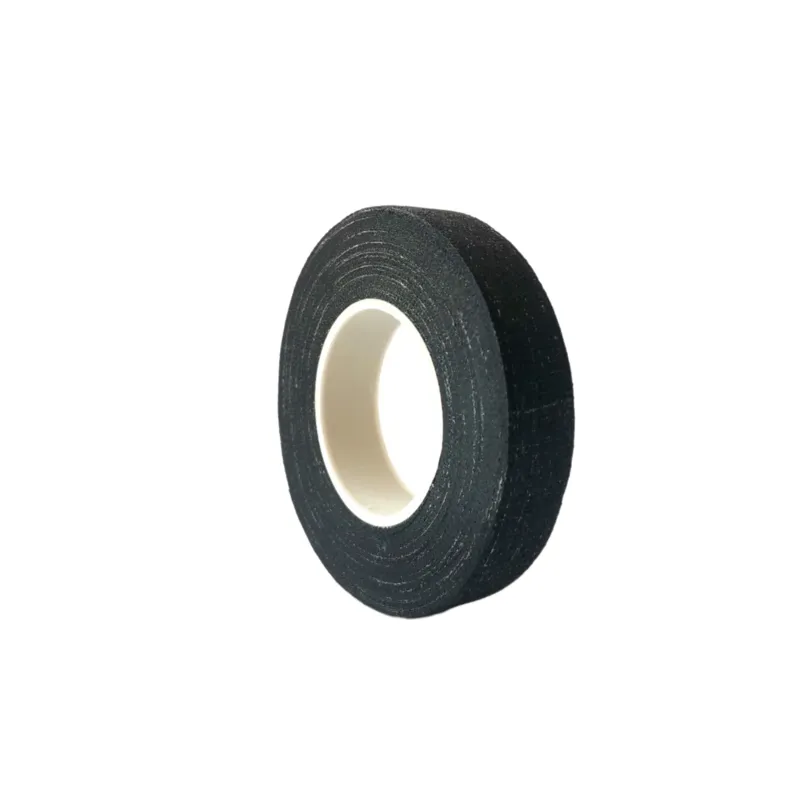Self-Amalgamating Tape The Heat-Resistant Solution for Electrical Insulation
In the realm of electrical insulation materials, self-amalgamating tape has emerged as an indispensable resource for both professionals and DIY enthusiasts. With its remarkable properties, particularly its heat resistance, it serves various applications in industries ranging from telecommunications to automotive manufacturing. This article explores the features, benefits, and applications of heat-resistant self-amalgamating tape, shedding light on why it is the preferred choice for many.
Self-amalgamating tape, also known as self-bonding or self-fusing tape, is made from a rubber polymer that has excellent adhesive properties. Unlike traditional tapes that utilize a sticky backing, self-amalgamating tape adheres to itself upon contact, creating a strong and durable bond without the need for adhesives. This unique characteristic allows it to seal and insulate effectively in a variety of conditions.
One of the most significant advantages of self-amalgamating tape is its heat resistance. It can withstand extreme temperatures, often ranging from -40°C to +90°C (or even higher, depending on the specific formulation). This thermal stability makes it ideal for use in environments prone to high temperatures, such as electrical components found in automotive engines or industrial machinery. By providing reliable insulation in these challenging conditions, the tape helps prevent electrical failures and enhances the longevity of electronic systems.
self amalgamating tape heat resistant

Moreover, this tape is highly versatile. It can be used to insulate and protect wires, cables, and connectors, as well as to seal joints and splices. Its flexibility allows it to conform to irregular surfaces, ensuring a tight seal even in intricate configurations. For this reason, self-amalgamating tape is frequently employed in maintenance and repair tasks, providing a quick and effective solution for urgent needs.
In addition to its heat resistance, self-amalgamating tape offers other notable features. It is waterproof, UV-resistant, and resistant to harsh chemicals, making it suitable for both indoor and outdoor applications. This durability extends its lifespan and ensures that it can perform consistently, regardless of environmental conditions.
Furthermore, using self-amalgamating tape promotes enhanced safety. Its reliable insulation properties minimize the risk of electrical shorts, which can lead to fires or equipment damage. The ease of application—requiring no tools and creating a seamless bond—also allows users to perform emergency repairs swiftly and securely.
In conclusion, self-amalgamating tape stands out as a heat-resistant and versatile solution for electrical insulation. Its unique self-bonding characteristics, combined with its ability to withstand extreme conditions, make it an essential tool across various industries. Whether for professional use or DIY projects, self-amalgamating tape offers reliability and performance that set it apart from traditional insulation methods. As technology and applications continue to evolve, the demand for such innovative materials will undoubtedly grow, solidifying the role of self-amalgamating tape in future electrical engineering solutions.
-
XIANGFAN Rubber Tape-Ultimate Solutions for All Your Insulation NeedsNewsJun.24,2025
-
XIANGFAN Rubber Tape-Protection for Industrial and Residential ApplicationsNewsJun.24,2025
-
XIANGFAN Rubber Tape: Superior Safety and Sealing for Demanding EnvironmentsNewsJun.24,2025
-
XIANGFAN Rubber Tape: Reliable Solutions for Every Electrical ChallengeNewsJun.24,2025
-
XIANGFAN Electrical & Industrial Tape: Powering Reliability Across IndustriesNewsJun.24,2025
-
XIANGFAN Electrical & Industrial Tape: Excellence in Every ApplicationNewsJun.24,2025
